I’m visiting the Fremont, Winema, Modoc, Lassen, Plumas, and Tahoe national forests.
Smokey at the headwaters of Cedar Creek, Modoc National Forest.
I may have a post later this week, but for the moment Smokey and I are hiking. Continue reading
I’m visiting the Fremont, Winema, Modoc, Lassen, Plumas, and Tahoe national forests.
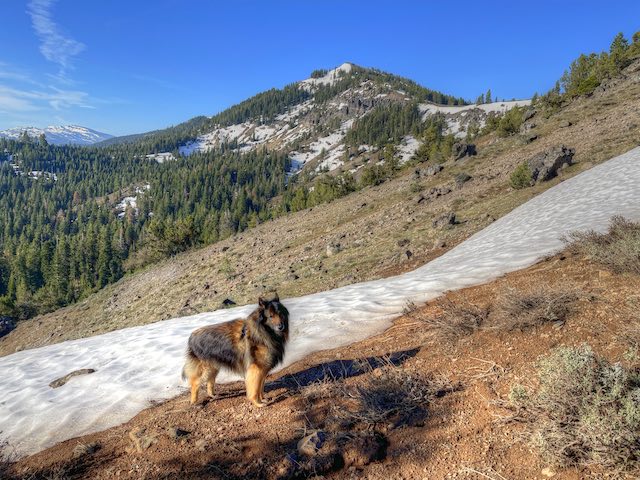
Smokey at the headwaters of Cedar Creek, Modoc National Forest.
I may have a post later this week, but for the moment Smokey and I are hiking. Continue reading
Electric buses weigh more and put more stress on infrastructure than regular buses, as Indianapolis transit agency Indygo realized when it discovered that the streets it paved for its bus rapid transit lines were wearing out after less than three years of service. Now it is repaving those streets, which is causing problems for businesses and annoying residents along the routes.
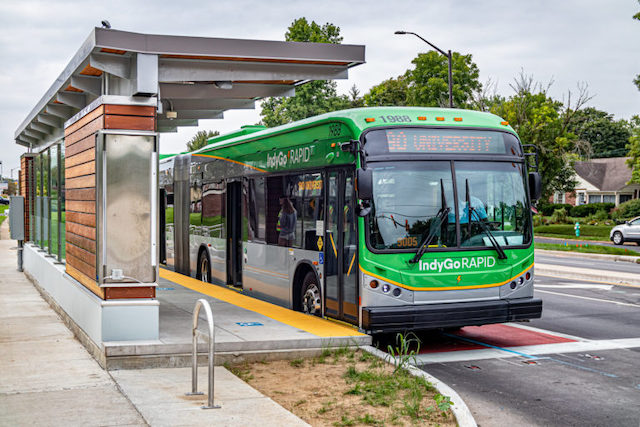
An electric bus at one of Indygo’s bus rapid transit stops. Photo: Indygo.
The Indianapolis Department of Public Works had urged Indygo to use thicker pavement, but Indygo — which was already spending four years and too much money on a bus line that it could have started practically overnight at little cost — decided to save money on a part of the project that would be less visible to most people. After all, the point of the project was to please politicians with colorful buses and flashy bus stops, not to provide better transportation service. Continue reading
Someone instructed their Tesla to drive from San Francisco to Los Angeles, and it was able to do so without any driver intervention. The car even pulled off the highway and went to a charging station when its battery ran low.
I’ve noted before that Waymo and Tesla have two very different strategies for driverless cars. Waymo’s is basically to go into full-fledged driverless mode with the help of maps and remote monitors. Tesla’s is to incrementally improve their self-driving software until it can do everything by itself. Continue reading
Crime, on-line shopping, telecommuting and exorbitant rents are all contributing to the decline of downtowns, observes an article on CNN Business. But the real reason downtowns are declining, according to the article, is that people don’t live in dense enough neighborhoods.
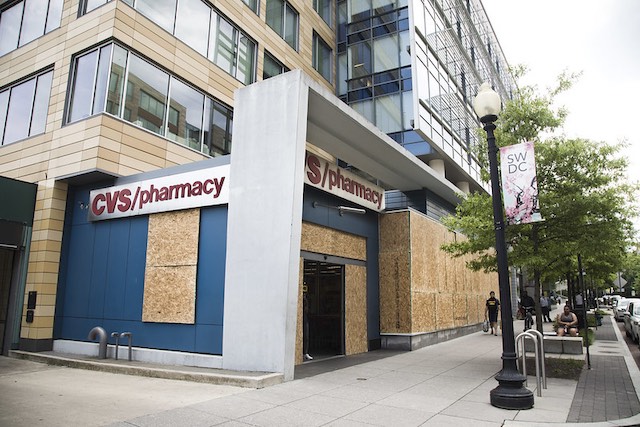
If we just had more density, this wouldn’t be a problem, say the densimaniacs — except this boarded up pharmacy is in one of the densest neighborhoods in the country. Photo by thisisbossi.
“To reinvent downtown retail,” asserts the article without any room for debate or citation of evidence, cities need “denser neighborhoods with a broader mix of affordable housing, experiential retail, restaurants, entertainment, parks and other amenities.” Where have I heard that before? Continue reading
Are we living in a black hole and I just passed through a wormhole into another universe? That’s the only explanation I can think of for a recent New York Times article (no paywall) by Ezra Klein praising a new mid rise in San Francisco “that might be the answer to San Francisco’s homelessness crisis.” Built in three years (half the normal time in the Bay Area) using modular construction methods, the building costs less than $400,000 per unit compared with $600,000 to $700,000 for other similar projects in San Francisco.
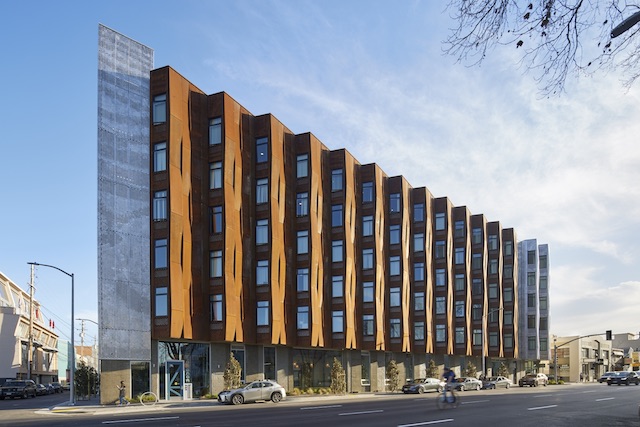
The reddish-brown color isn’t paint; it’s rust, or what the architect calls “weathered steel.” That’s just as well in San Francisco’s rainy, salty environment as I doubt many people will want to see this building last for very long. Photo by Bruce Damonte, David Baker Architects.
My first thought was “$400,000 still sounds pretty high for any kind of ‘affordable housing.'” My second thought was, “How big are those housing units anyway?” Continue reading
Americans drove 99.9 percent as many miles in March 2023 as in the same month in 2019, according to data released by the Federal Highway Administration on Friday. Rural driving was 4.1 percent greater than in 2019, and driving on urban interstates was 1.5 percent greater, but other urban driving was 3.1 percent less than in 2019, dragging down the overall average.
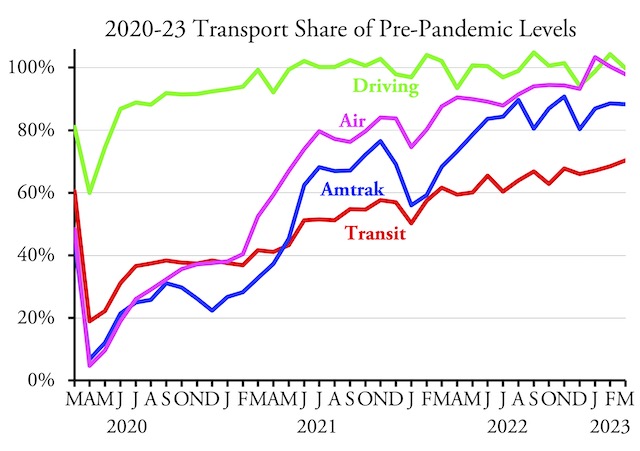
See May 5 post for discussion of transit, Amtrak, and airline travel.
I have to say I’m a little bit skeptical of these numbers. Throughout the pandemic, rural driving has been a bit ahead of urban, so that makes sense. However, urban interstate driving was generally behind other urban driving. Why is it suddenly ahead now? Continue reading
Proponents of a bill winding its way through the Colorado legislature assume that increased housing densities will make housing more affordable and will reduce greenhouse gas emissions. Neither of these assumptions are valid, according to an article in Complete Colorado. And you know it’s true, because I wrote it.
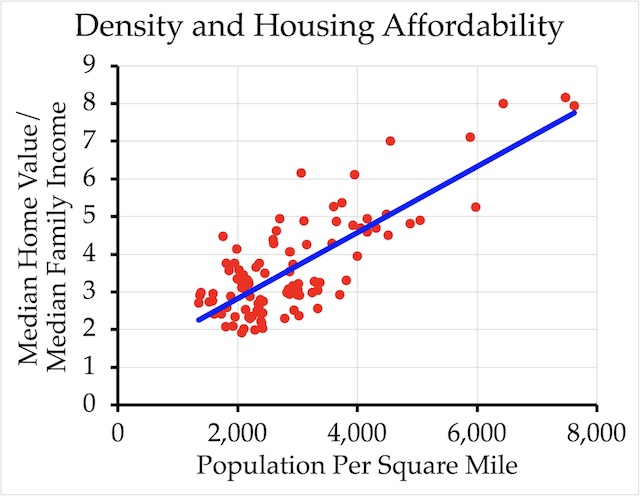
This chart compared population densities and housing affordability in the nation’s top 100 urban areas.
You may have seen diagrams like the above here before, but I made this one using the latest density data from the 2020 census combined with housing affordability data from the 2020 American Community Survey. Counting the top 50 urban areas, the correlation was 0.85 (where 1 is perfect and anything close to 0 is completely random); for the top 100, it was 0.79; for the top 200 it was still a respectable 0.70. Continue reading
To help fund the $1.3 billion that Los Angeles’ city council believes it needs to house the homeless, the city decided to impose a “mansion tax” of 4 percent on the sales of any homes or commercial properties above $5 million and 5.5 percent on sales above $10 million. This was projected to bring in $900 million a year, funding most of the homeless program.
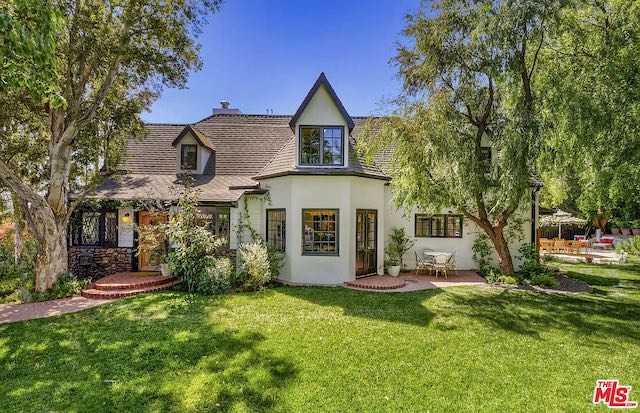
This home is currently on the market in Los Angeles for an asking price of $5.667 million. Many homes of this size are available for under $1 million in Houston and San Antonio and few are asking more than $2 million.
The reality is far different because planners, as usual, failed to take into account how their regulations and taxes would influence human behavior. In the month before the tax went into effect on April 1, 126 homes sold for more than $5 million. In the month since? Just two. Continue reading
Maryland’s Purple Line, which was originally supposed to open more than a year ago, now won’t open until 2026. But that’s supposed to be good news, because two months ago the state said it wouldn’t open until 2027. The bad news, other than the news that it is being built at all, is that it is at least $1.46 billion over budget.
That’s kind of a breathtaking number — $1.46 billion — at least for those who understand how much money that really is. For one thing, this cost of this one light-rail line would have been more than enough to construct all of the light-rail lines built in Buffalo, Portland, Sacramento, San Diego, and San Jose during the 1980s. At that time, light rail construction was costing around $10 million to $15 million a mile, or about $30 million to $40 million in today’s dollars. The Purple Line is costing more than $210 per mile, or five to seven times as much. Continue reading
In 2004, Denver voters approved spending $4.8 billion building six new rail transit lines, and the first line opened ten years ago. This was soon followed by four more to the gushing praise of various outsiders.
Inside Denver, however, people are beginning to realize that the whole thing was a miserable failure, suffering massive cost overruns and never attaining its ridership projections. The West line, which had its tenth anniversary last week, never carried as many passengers as were projected in its first year. It’s too bad that the reporters who are questioning this now weren’t asking the same questions in 2004. Continue reading